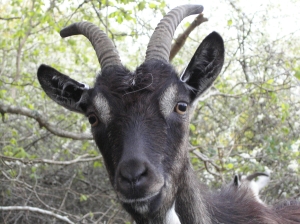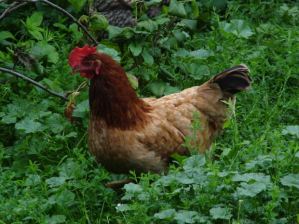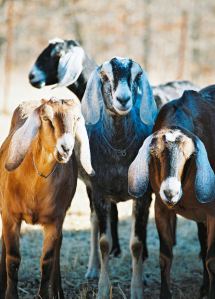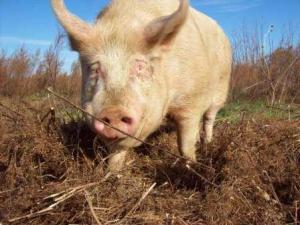

The U.S. Coast Guard is reviewing its use of live animals for medical training and seek to reduce the number of animals being used.
Paws Up!
To the U.S. Coast Guard for reducing the use of live animals in training.
According to a news story, “The Coast Guard won’t use as many live animals for its combat medical training after an animal rights group showed a goat’s legs being removed with tree trimmers.”
Across the United States, more than 95 percent of trauma training courses are taught using only human-based simulators. The American College of Surgeons has approved nonanimal models like the TraumaMan System, SimMan, and cadavers for these courses.
According to Dr. John Pippin, Physicians Committee for Responsible Medicine, “It’s especially inhumane and especially indefensible [to use live animals] when there are alternatives in hand which not only would spare the animals the trauma of going through this but also would provide a better educational experience.”
The Coast Guard is moving in the right direction by reviewing its use of live animals in its training with the view toward reducing their numbers.
Take Action: Write a thank-you to the commandant of the Coast Guard and urge him to continue to review the use of live animals in medical training.
Admiral Robert J. Papp, Jr.
Commandant of the Coast Guard
Commandant CG-00
US Coast Guard
Headquarters
2100 2nd St., SW STOP 7000
Washington, DC 20593-7000








